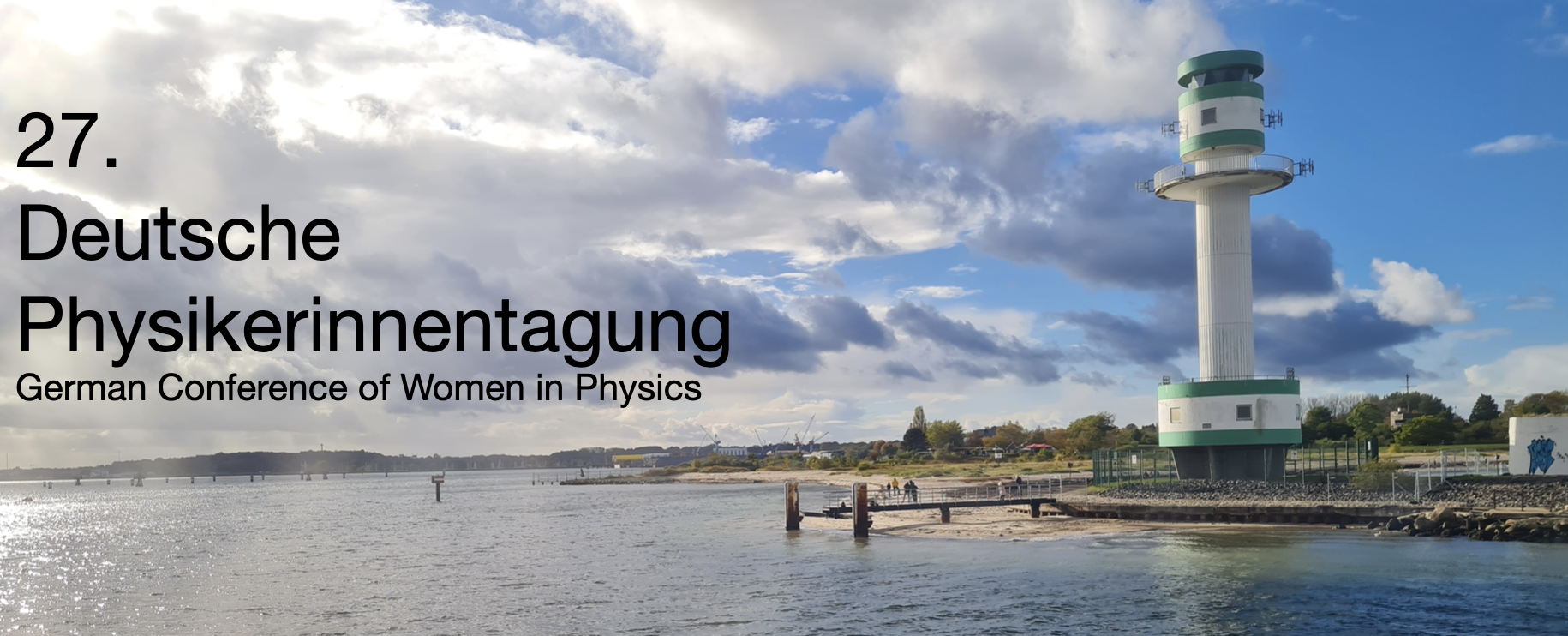Speaker
Description
In light of the current climate crisis, scientists around the world are searching for innovative solutions that could play a major role in the electrification of the industry. A new focus in this field is the combination of plasmas with catalysis as a key process to store renewable energy in chemical resources. Plasma catalysis is an emerging interdisciplinary field at the intersection of plasma physics, surface science, and chemical engineering, offering novel pathways for driving chemical reactions under non-equilibrium conditions.
This talk will introduce the fundamental principles of plasma catalysis, focusing on how non-thermal plasmas interact with catalytic surfaces to enable and enhance chemical transformations that are otherwise challenging under conventional thermal conditions. We will explore the unique physical mechanisms at play, including the generation of reactive species, energy transfer processes, and the role of surface-plasma synergy. Recent experimental and theoretical advances will be highlighted, with particular attention to applications in sustainable energy, such as CO₂ conversion and ammonia synthesis. Throughout the talk, I will emphasize the open questions and opportunities for physicists to contribute to this rapidly developing field, from modeling plasma-surface interactions to designing new plasma reactor architectures. The goal is to provide a comprehensive overview that bridges fundamental plasma physics with real-world catalytic applications, inspiring further research and collaboration.
This research is funded by the German Research Foundation within CRC 1316.

